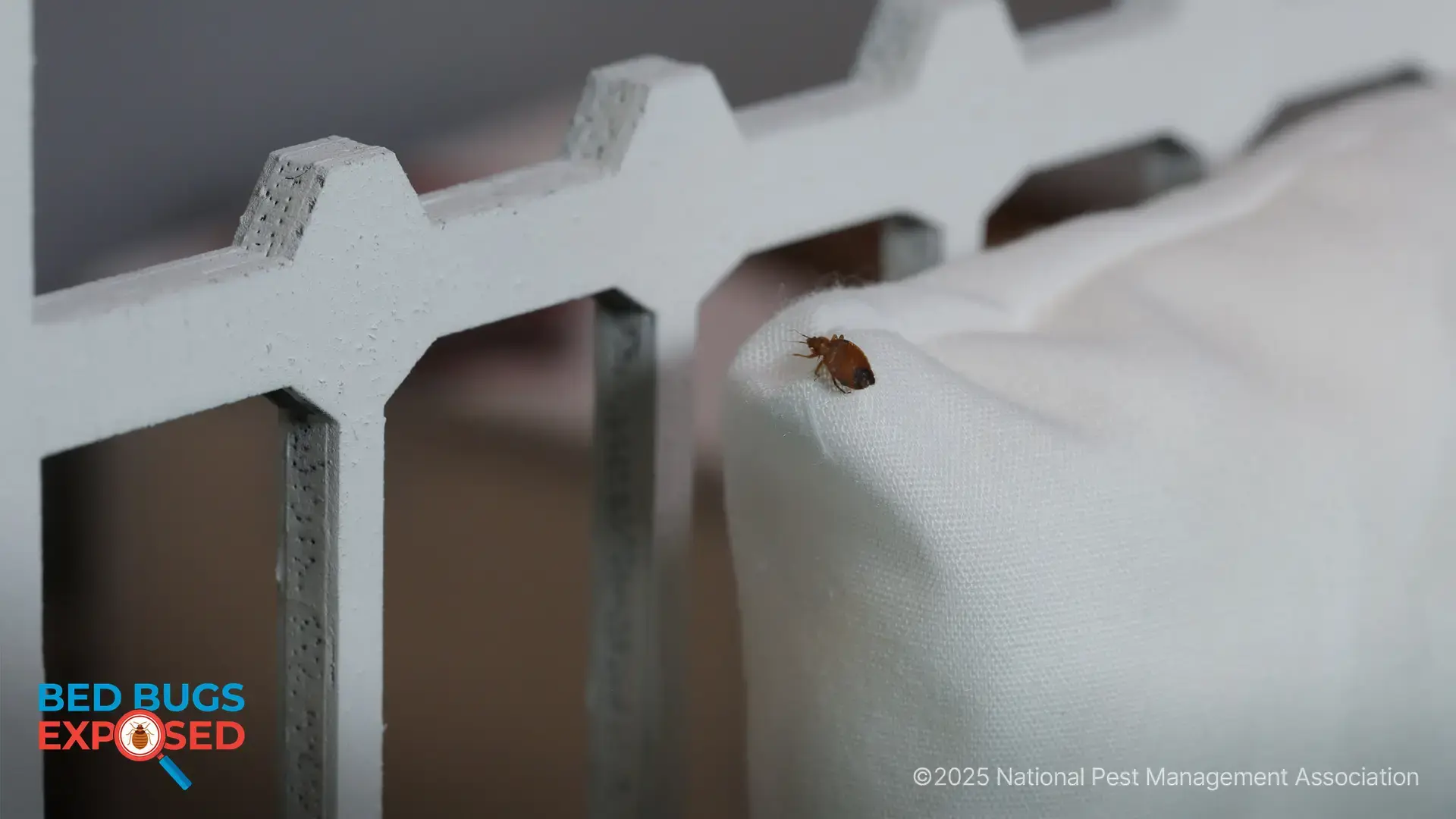Beware of the Most Aggressive Stinging Insects!
Yellowjackets, killer bees and wasps
The fear of a bee, yellowjacket or wasp sting drives many people to run away screaming, arms flailing about (a motion that is likely to further incite the insect rather than shoo them away) at the first sight of one of these insects. That fear is not without merit as these insects, while ecologically important, typically send more than half-a-million people to emergency rooms each year. However, understanding what makes these more aggressive insects tick and how best to deal with the threat when it occurs can go a long way in ensuring people and pets stay safe while enjoying the outdoors.
Africanized “Killer” Bees
Earlier this summer, several reports of thousand-bee swarms attacking people and animals made national news, often sounding more like scripts for horror films rather than real life. Unfortunately, while rare, attacks by aggressive species of stinging insects happen and when they do they can easily have deadly results. Take the case of a 62-year-old Texas man who died after being attacked by 40,000 Africanized honeybees when he accidentally disturbed their hive with his tractor.
This bee species, which resembles its European honeybee cousin, has a much more aggressive nature. Although their venom is no stronger than that of the regular honeybee, the danger comes from the fact that “killer” bees attack in much larger numbers, usually the entire colony. In addition, “killer” bees will pursue their victim for up to 328 feet compared to only 33 feet for honeybees. Because their colonies are smaller, Africanized honey bees will nest in more unusual places than their European counterpart, such as water meter boxes, tree limbs, utility poles, junk piles, holes in the ground, even mail boxes, old tires, overturned flower pots – all spots susceptible for an accidental encounter with a human or an animal. Africanized honeybees can be found in southern California, southern Nevada, Arizona, New Mexico, Texas, Oklahoma, western Louisiana, southern Arkansas, and central and southern Florida.
Because of the aggressive nature of these pests, only a pest control professional or beekeeper should address an Africanized killer bee infestation. Anyone attacked by Africanized honeybees should run quickly in a zig zag pattern and seek shelter in a nearby house or car. Jumping in a body of water is not advisable, as the bees will wait above water for the person to emerge.
Yellowjackets
Yellowjackets are social insects and live in nests or colonies containing anywhere from 300 to 120,000 cells, each containing 1,000 to 4,000 workers at the peak of the reproductive season. These insects tend to build nests on trees and buildings, as well as in the ground. Unlike Africanized honeybees, yellowjackets are slow to sting unless their nest is threatened, in which case they become very aggressive. Unlike bees, yellowjackets are capable of stinging several times, inflicting severe pain. In some cases, people who have been bitten by yellowjackets can become hypersensitive to such stings, which means that any future encounters can be life threatening.
There are about 16 species of yellowjackets in the United States, of which the most common one, the Vespula vulgaris (Linnaeus), is found in nearly every state. Because these insects are attracted to sweets and proteins, it is important to take steps to cover food during an outdoor event and to clean up and properly dispose of food and garbage after a BBQ. Just as with other stinging insects, removal of nests should be left up to professionals who have proper equipment and experience to safely dispose of a nest.
Paper Wasps
Paper wasps get their common name from the paper-like material that they use to make their nests, and are sometimes called umbrella wasps because of the shape of their distinctive nests. These insects build their nests on twigs and branches of trees and shrubs as well as porch ceilings, soffits, eaves, attic rafters and similar covered places – all of which can put humans at risk of accidentally contacting the nest and inciting a wasp attack. Like yellowjackets, wasps can and do sting more than once. It’s also important to note that these insects often call for back up using alarm pheromones to help them defend the nest.
Before trimming shrubs or hedges, or picking fruit, check the plant for paper wasp nests. Treat wood fences and deck railings with a repellent oil to deter paper wasps from gathering cellulose from the wood. If you suspect you have a paper wasp infestation or find a nest on your home or property, contact a licensed pest management professional to find out about wasp treatment. Do not attempt to remove a nest on your own, as there is a high probability you will get stung.

Learn About Rodents
Rodents invade millions of homes each winter. Learn more about them!

NPMA's Bug Barometer Forecast
The latest Bug Barometer® forecast from the National Pest Management Association reveals what homeowners across America can expect from pest activity this fall and winter.

NPMA's Bed Bugs Exposed Project
Check out NPMA's Bed Bugs Exposed project to learn more about this hitchhiking pest and how to prevent an infestation at home.
Find a PEST PRO in your area

Learn About Rodents
Rodents invade millions of homes each winter. Learn more about them!

NPMA's Bug Barometer Forecast
The latest Bug Barometer® forecast from the National Pest Management Association reveals what homeowners across America can expect from pest activity this fall and winter.

NPMA's Bed Bugs Exposed Project
Check out NPMA's Bed Bugs Exposed project to learn more about this hitchhiking pest and how to prevent an infestation at home.
